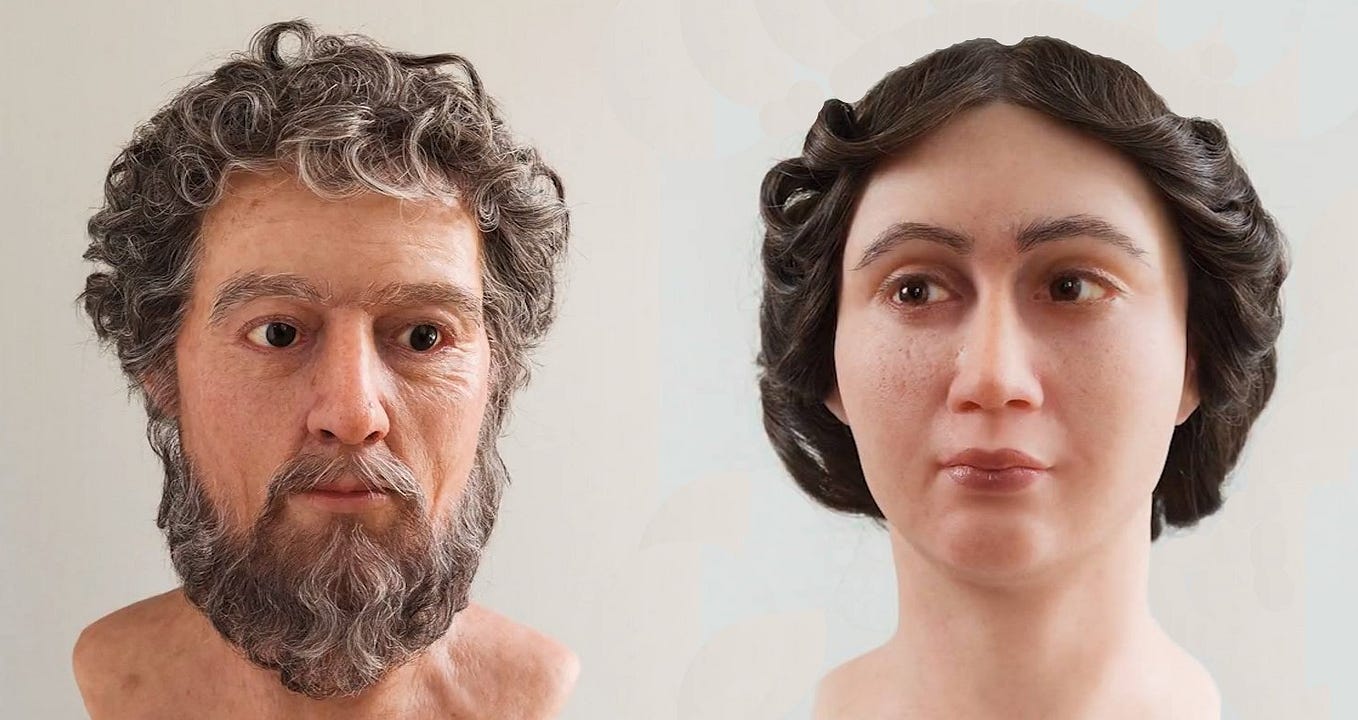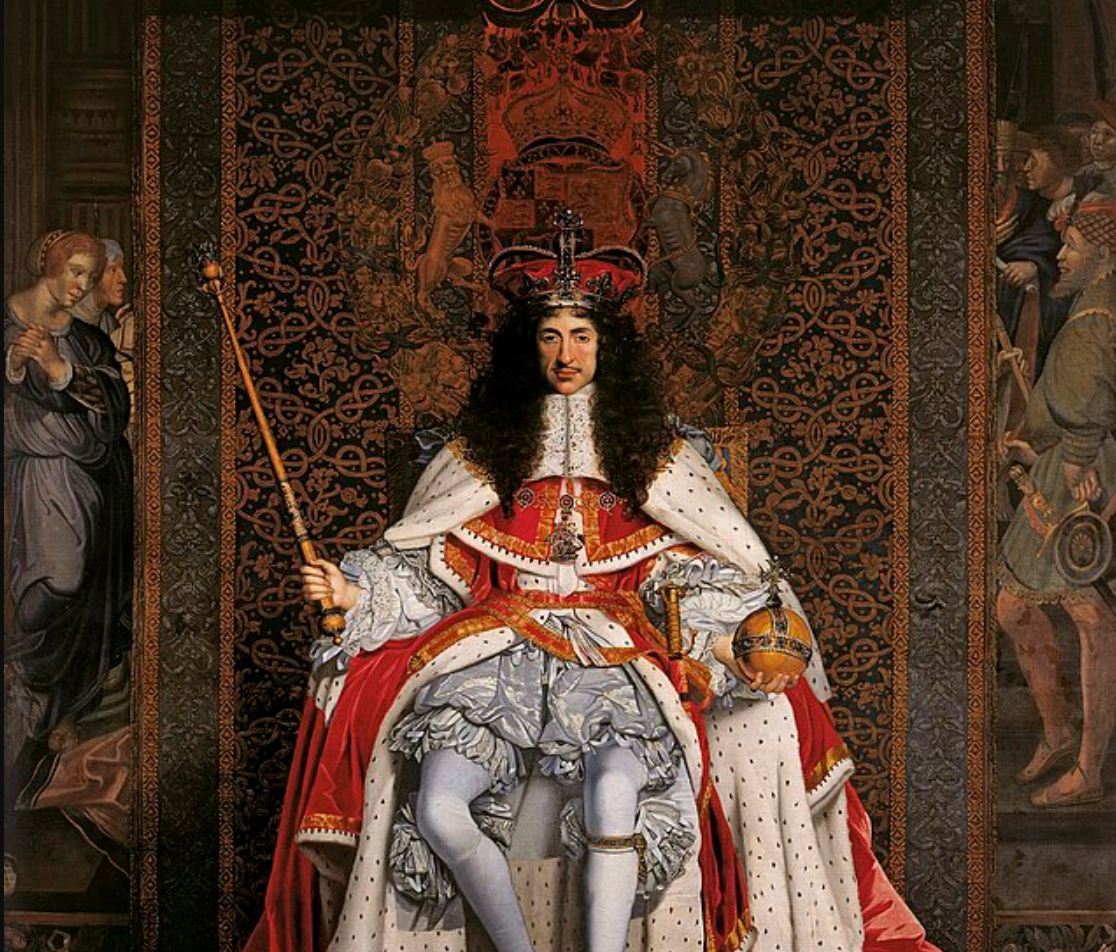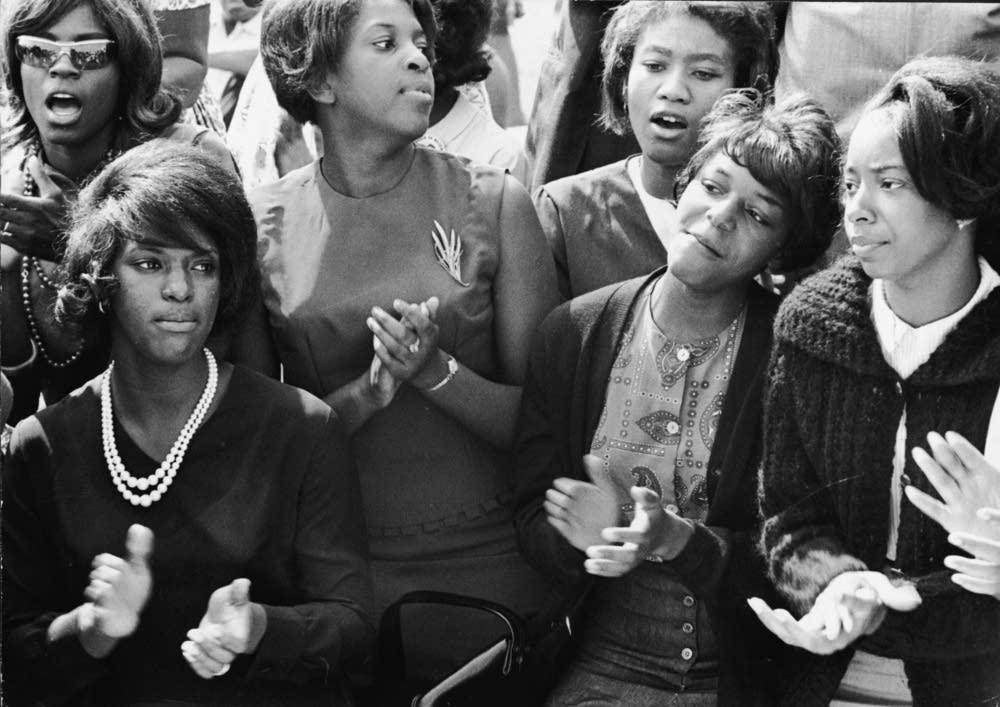Pauline Bonaparte — A Nymphomaniac Sister of Napoleon
Napoleon’s little sister had a lively love life
Napoleon Bonaparte (1769–1821) was a military genius who transformed France into a military superpower.
He knew how to subdue kings and princes, but he had big difficulties to keep his family members in order. His rebellious brothers and mischievous sisters made him say a famous sentence:
I do not believe that any man in the world is more unfortunate in his family than I am.
Pauline Bonaparte (1780–1825), the youngest of Napoleon’s three sisters, was the most frivolous one. She possessed magnetic beauty and charm. Whenever she went, the eyes of men turned after her. Men loved her and she loved them.
Pauline was a nymphomaniac and much to Napoleon’s chagrin, she made it very public.
Pauline Bonaparte — from mischievous girl to nymphomaniac
Pauline Bonaparte (1780–1825) was born into a minor Italian noble family.
After her father died in 1785, the family faced poverty. But the family’s fortune soon turned around with Napoleon Bonaparte’s rise to power.
Pauline was the spoiled child of the Bonaparte’s family. She received no formal education and wasn’t interested in any intellectual pursuits. She was mischievous and impulsive.
After she grew up, Pauline took great pride in her looks and perfected her skill of flirting.
She had large and expressive eyes that charmed the entire Napoleon’s war cabinet. She ran wild and took many young officers as lovers.
Pauline enjoyed her life of pleasure to the fullest!
Pauline gets married and travels to Haiti
Napoleon tried to curb her decadent life and searched for a suitable husband. He arranged for one of his generals, Charles Leclerc (1772–1802), to marry her in 1797. Leclerc was deeply in love with her and the couple had a son, Dermide, born in 1798.
After Leclerc left to serve in Western France, Pauline stayed in Paris. She quickly became a star of the Parisian high society and tested her powers of seduction to their limits.
On one occasion, she embarked on a triple love affair with generals: Moreau, Macdonald, and Beurnonville. Unfortunately for her, they were close friends who trusted each other.
Once they learned Pauline seduced all three of them, they ended the relationship. They chose their friendship over the sex with the femme fatale.
When a rebellion broke out in Haiti in 1801, Napoleon sent Leclerc with an army to quell the rebellion. Pauline refused to leave her lovers and a comfortable life in France. But Napoleon forced her to accompany her husband.
Few days before leaving, Pauline went on a shopping spree at Napoleon’s expense. This was her way of getting revenge on her controlling brother.
The entire Haitian expedition was a tremendous failure for France. The French suffered from yellow fever. Most of the soldiers including Leclerc got sick and died. Pauline hastily returned to France in 1802.
Pauline as Venus — goddess of love
Pauline mourned her deceased husband by shopping and hedonistic love life.
In 1803, Napoleon married her to an enormously wealthy Italian Prince Camillo Borghese (1775–1832). Pauline was more in love with his family diamonds than Borghese.
She soon had a string of lovers ranging from generals, actors to regular soldiers. If gossips were true, she had also a one-night stand with famous violinist Nicolo Paganini.
In 1804, Borghese commissioned a statue of Pauline to express his devotion to her.
Famous sculptor Antonio Canova received the task to create a statue of Pauline as Diana. Diana was a Roman virgin goddess of hunting.
Pauline laughed at the proposal, wondering if anyone would believe her being a virgin. She brought with her to Italy also the notorious reputation of being a nymphomaniac.
She asked sculptor Canova to depict her as Venus — the Roman goddess of love. For three years she posed naked in front of Canova.
Canova put her statue on a public exhibition and caused an enormous scandal. After all, Rome was a center of the Catholic Church.
Enraged, Borghese hid the statue in one of his palaces.
When people asked how she could pose naked, she calmly replied that she was kept warm by a stove in Canova’s studio.
Conclusion
Pauline and Napoleon often clashed because of Pauline’s mischievous behavior. But Pauline was always loyal to her famous brother.
When he was imprisoned on the Italian island of Elba in 1814, Pauline was the only one of his siblings to visit him. When she saw him depressed, she organized social events to cheer him up. She also liquidated most of her assets to provide money for Napoleon.
After Napoleon’s ultimate defeat at Waterloo in 1815 and exile to island St. Helena, Pauline moved back to Rome. She lobbied hard to set her brother free, but to no avail. Napoleon died in captivity in 1821.
History judges Pauline for being nymphomaniac and forgets to praise her for being a devout sister.
Three months before her death in 1825, her estranged husband Borghese returned to live with her. She died of pulmonary tuberculosis.









